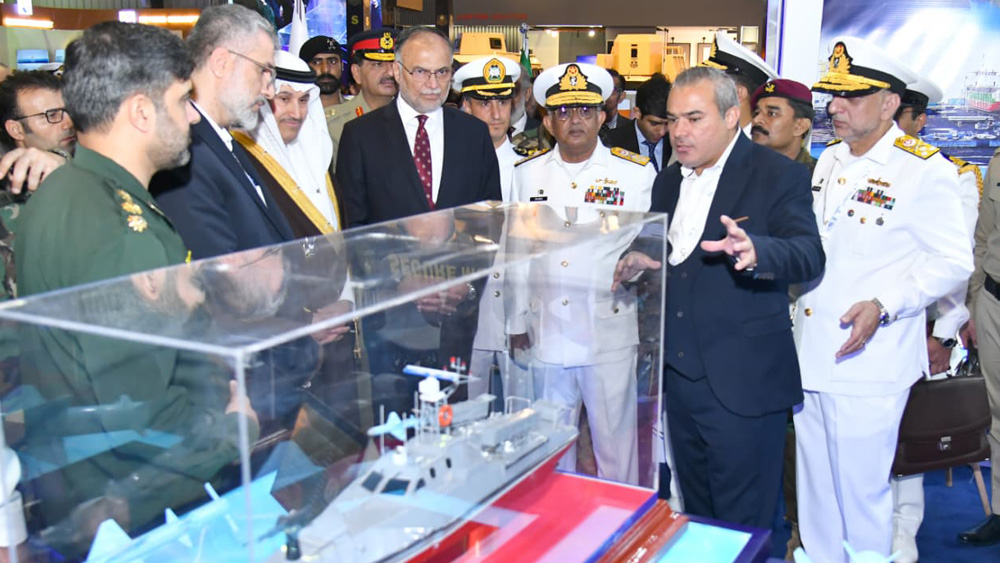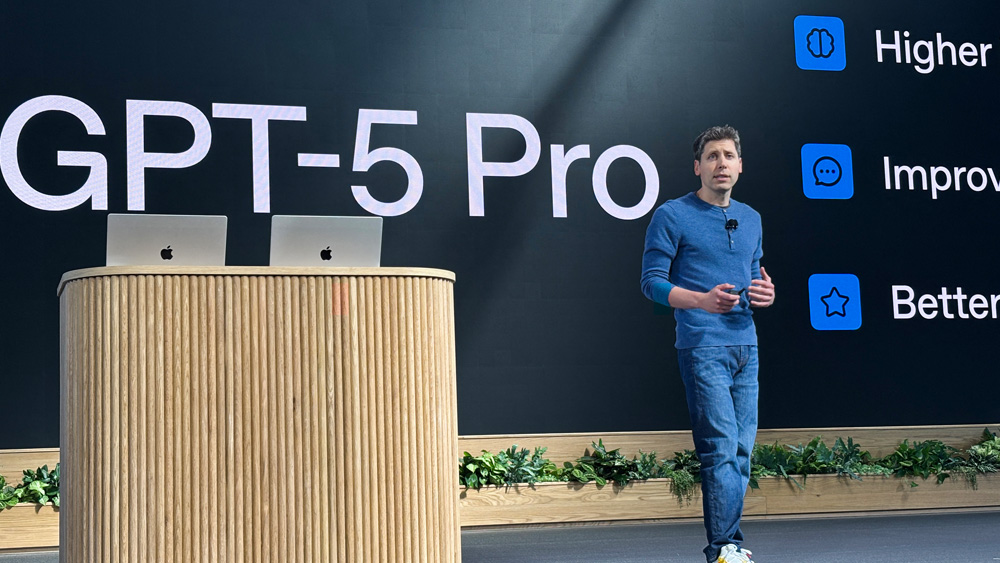KARACHI: Pakistan’s economic future is increasingly linked to the sea, with sustainable “blue growth” positioned to drive the country toward a $100 billion maritime economy, Federal Minister for Maritime Affairs Junaid Anwar Chaudhry said on Thursday.
He was speaking at the closing ceremony of the Pakistan International Maritime Expo & Conference (PIMEC) 2025 at the Expo Center Karachi.
“The sea is becoming the axis of Pakistan’s trade and climate resilience,” Chaudhry said, announcing that two new ships have joined the Pakistan National Shipping Corporation (PNSC) fleet, with three more expected soon.
He also confirmed that Pakistan has issued a license for its first private ferry service, describing it as “an important step toward sustainable maritime travel and regional connectivity.”
Chaudhry outlined plans for Pakistan’s first green ship repair and recycling yard at Port Qasim, part of what he called a “Sea-to-Steel Integrated Maritime Industrial Complex.”
He added that the government has allocated Rs12 billion [$42 million] to modernize the shipbreaking facilities at Gaddani to ensure compliance with international environmental standards.
The four-day PIMEC exhibition, organized jointly by the Pakistan Navy and the Ministry of Maritime Affairs, featured more than 150 domestic and 28 foreign exhibitors from 20 countries.
Displays ranged from marine biotechnology and aquaculture to ocean renewable energy systems, digital navigation, autonomous marine vessels, and maritime defense technologies.
Speaking at the opening session, Planning Minister Ahsan Iqbal described Pakistan as a “natural maritime bridge between the East and West.”
However, he noted that the maritime sector currently contributes less than one percent to Pakistan’s GDP, well below the four to seven percent share seen in comparable maritime economies.
“We must unlock the economic potential of our seas,” he said.
This year’s expo saw a notable rise in homegrown innovation. The National Electronics Complex of Pakistan (NECOP) showcased the SAFRAH Drone-Jamming Gun, which exhibitors said can neutralize drones within a 1.5 kilometer radius. Stingray Technologies displayed unmanned surface vessels for reconnaissance and logistics.
Students from Sir Syed University of Engineering and Technology introduced marine safety IoT devices, while Zarwah Enterprises highlighted bio-secure aquaculture systems for coastal livelihoods.
The Gwadar Development Authority presented its Smart Port City Master Plan 2050, signaling long-term coastal urban development, while the Sindh People’s Housing for Flood Affectees pavilion demonstrated climate-resilient housing models with strong women-led participation in post-flood reconstruction.
Panelists at the parallel International Maritime Conference stressed that turning maritime innovation into large-scale economic gains will require coordinated policy, long-term financing, and stronger public-private collaboration.
Chaudhry said Pakistan’s shift toward a sustainable blue economy is not only an economic strategy but a climate resilience imperative.
“If nurtured strategically, Pakistan’s blue economy can evolve into a $100 billion sector by 2047,” he said, adding that building a “green, secure, and competitive maritime sector” is now a national priority.


.jpg)

.jpg)
